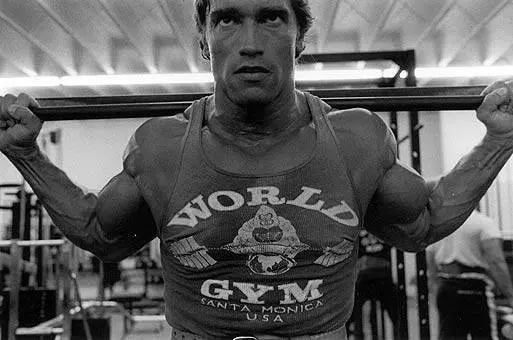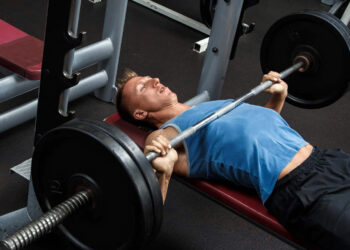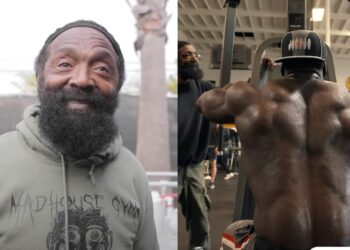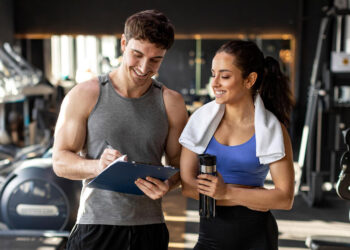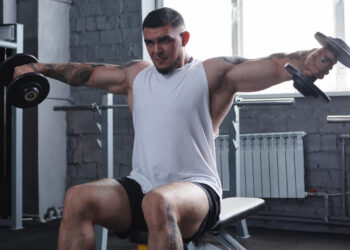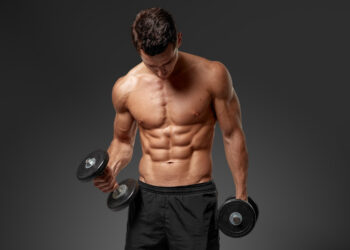The problem is the name. The meaning may be clearer if we instead said ‘loosening’ or ‘slack reps’ or the “Weider Momentum Training Principle.” Tradition dictates we stick with ‘cheating,’ despite the term’s negative connotations.
It sounds like a shortcut for circumventing workout rules and a dangerous disregard for proper exercise form, but it should be neither. Done correctly, cheating should follow its own rules, safely, and it should enhance correct form, not dismiss it. The following cheat sheet describes the ABCs of deviating from strict exercise technique.
 Why Cheat
Why Cheat
Cheating should be done only to push a set beyond strict full-rep failure. For example, if you get eight good reps doing standing side laterals but can’t do a ninth, you can use a little back sway to eke out two or three more. In this way, cheating makes a set harder than if you merely stopped after eight.
Unfortunately, too many bodybuilders cheat to make a set easier.
To them, cheating merely means sloppy form, which focuses more on momentum and/or uses other muscles to a greater extent than the targeted body part. For example, if you go too heavy performing barbell curls and swing the bar up for every rep, you’re working your back, legs, and front deltoids more than your biceps and increasing the odds of injuring your arm muscles, tendons and joints.
When To Cheat
Cheating is an advanced technique for boosting intensity. Don’t consider adopting it until you’ve been working out for at least one year using only strict exercise form. You need to first master the proper technique before you can deviate from it. Experienced athletes who incorporate cheating into their routines should do so sparingly and only after reaching strict, full-rep failure. Don’t attempt to cheat when your energy and focus are low, for that’s when your form can become too sloppy, leaving you at risk for injury.
Level Up Your Fitness: Join our 💪 strong community in Fitness Volt Newsletter. Get daily inspiration, expert-backed workouts, nutrition tips, the latest in strength sports, and the support you need to reach your goals. Subscribe for free!
It’s also important to be aware that cheating isn’t for every exercise.
Squats and bench presses, to name two of the most popular lifts, should always be done in strict form; use techniques like forced reps, rest-pause reps and drop sets to push sets of these powerlifts beyond full-rep failure. Abdominals should always be worked strictly. You can alter ab exercises after reaching failure, for example, going from a leg raise to a knee raise, but it’s not truly cheating because you’re not getting assistance from other bodyparts.
In contrast, judicious loosening of form is easiest and safest for biceps and shoulders. The “Cheating Grades” chart (see below) rates bodyparts with scores from A (best) to E (worst) in regard to how effectively and safely you can cheat during the most commonly performed exercises.
How To Cheat
The key to cheating correctly is to use assistance from secondary muscles to get the weight moving, but then to make sure you’re focusing on the targeted muscle(s) at peak contraction.
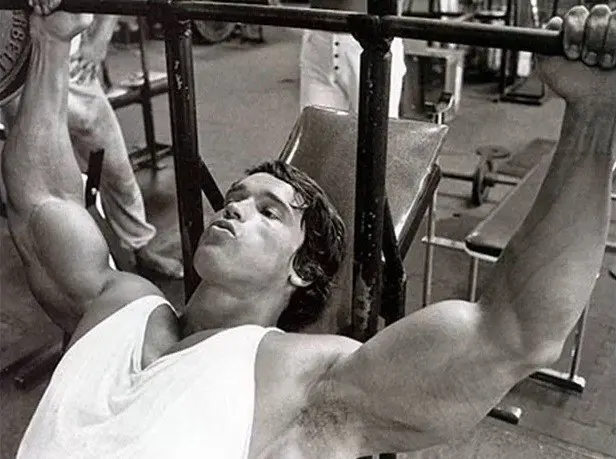
Think of it as a forced rep, where the minor assistance through the sticking point comes from other muscle groups instead of a training partner. If you’re merely swinging the barbell up and down to the extent that your bi’s become secondary workers, don’t bother.
Cheating utilizes secondary muscles to a greater extent than usual, but those muscles shouldn’t become the primary workers.
Cheating Grades
Somebody part exercises lend themselves to safe and effective cheating; some don’t Here are the basics rated A through E.
Grade A
Shoulders

Biceps

Grade B
Triceps
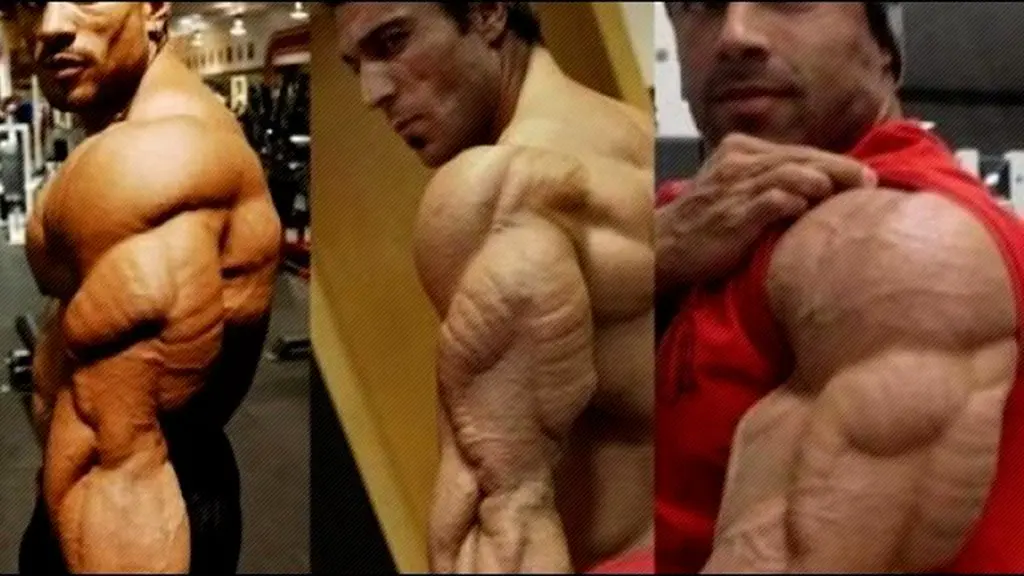
Calves
Seated calf raises should be done strictly. You can eke out a few more reps of standing calf raises, calf presses and donkey calf raises by bending and unbending your knees during each rep.
Grade C
Back
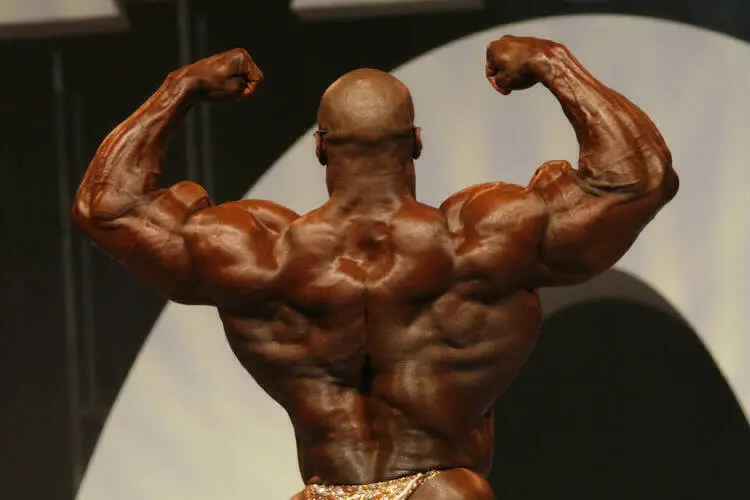
Quadriceps
Upon reaching failure in the hack squat, you can push up on the shoulder yoke with your hands to help you get a couple of extra reps. Similarly, you can press on your upper quads during leg presses to assist with postfailure reps. leg extensions, squats, lunges and most other quad exercises don’t lend themselves to cheating.
Grade D
Chest
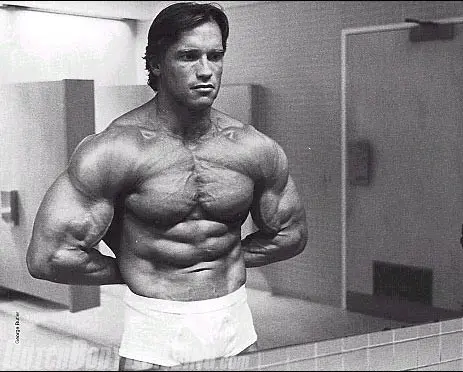
Forearms
The various types of wrist curls and reverse curls should always be done strictly. However, exercises that work the biceps, as well as the brachialis (reverse curls, hammer curls), can be cheated.
Grade E
Hamstrings
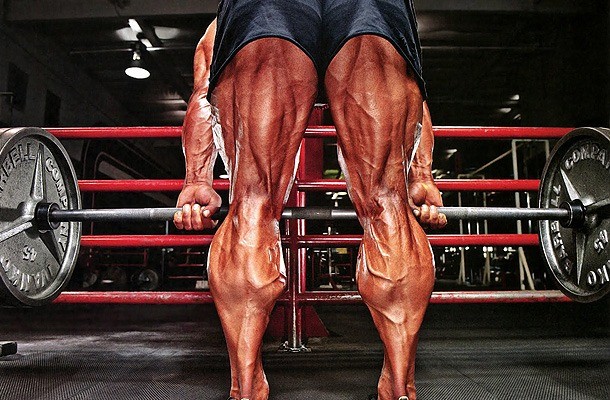
Abs
The key ab exercises do not lend themselves to cheating.
Who Cheats:
Not every pro bodybuilder is a cheater. Ronnie Coleman and Jay Cutler loosen their form to get an extra couple of reps during some exercises, but Dorian Yates, to name a third Mr. Olympia, relied on techniques other than cheating to push his sets beyond failure. Whether they use the principle or not, no champion bodybuilder cheats frequently. It’s an advanced means of enhancing some sets of certain exercises, but overuse it and you’ll rob yourself of maximum growth and increase your odds of injury.
On the other hand, if you follow the rules laid out here to make your sets harder, never easier, you, too, can prosper from cheating.
Author: Greg Merritt
References: flexonline.com
Copyright 2010 Weider Publications

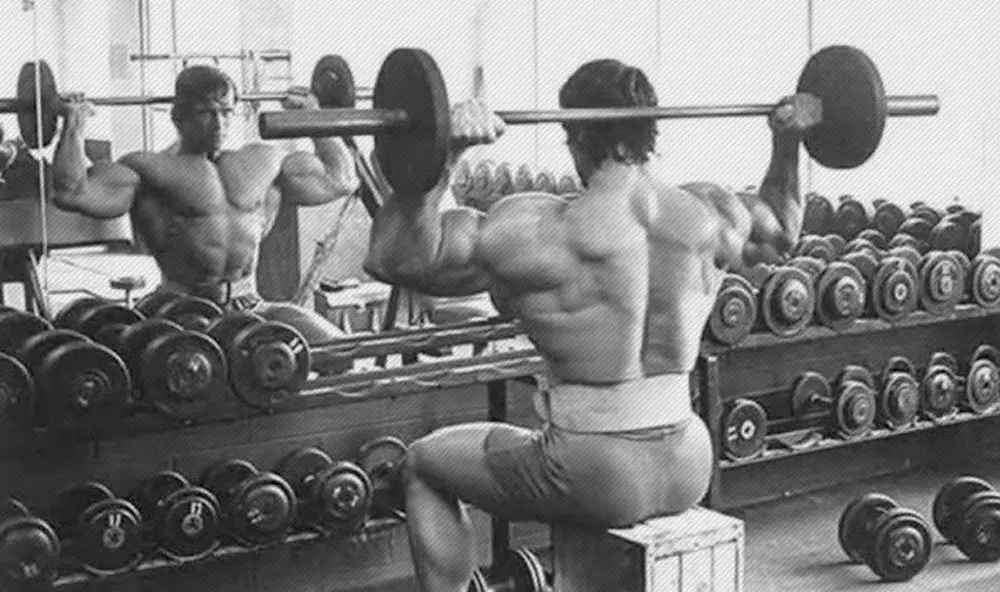 Why Cheat
Why Cheat